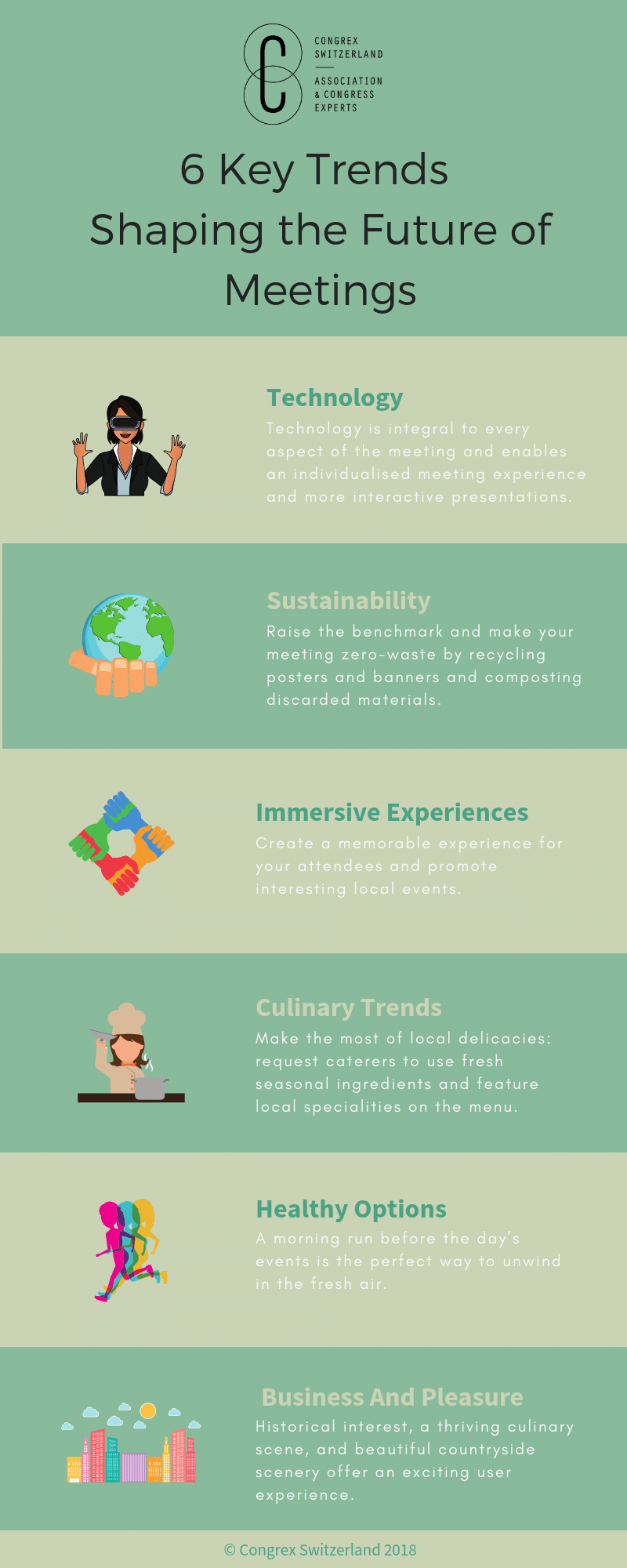Members are the mainstay of associations, yet the concept of membership is subject to a constant evolution that mirrors the world we live in and the ever-changing nature of society. This article reviews some significant factors that organisational leaders must take into consideration to allow for organic and sustained growth within their member base.
Rethinking Membership Frameworks
When faced with stagnant or declining member numbers, some associations struggle to come up with innovative policies. An effective way of going about this is to focus on the elements that are limiting growth, which requires analytical and systematical thinking. To do that, it’s useful to bring in the concept of the membership lifecycle, which views it a continuum consisting of five stages:
- Awareness: A stage aimed at attracting potential affiliates or supporters, where awareness has to be needs-based.
- Recruitment: Once individuals have joined, all efforts must be directed to reinforce the idea that being a supporter is worthy and valuable beyond the joining date.
- Engagement & Retention: Feelings of belonging do not come automatically. The first year is critical, and plans must be in place to ensure on-boarding and that every interaction creates a strong positive impression.
- Renewal: Average first-time renewal rates are between 67 and 75 percent, but they are higher in organisations that take proactive steps to reinforce engagement months before renewal is due.
- Reinstatement: Affiliates who did not renew membership should not be seen it as lost opportunities, as they may decide to join again if they realise they are valued nonetheless.
To strengthen the viability of such framework, it is necessary to weigh it against the most prominent issues affecting the industry, as detailed in the following sections.
Related: Creating And Maintaining Member Engagement In Associations
Quality, Value, And Relevance
Offering quality content with a clear educational value is one of the cornerstones of lasting engagement. This is why many organisations are creating a Chief Learning Officer role to coordinate the internal educational mission and offerings and to meet informational needs, training, and credentialing. All affiliates highly value this offering irrespective of their age. To do that, it’s useful to bring in new technologies like e-learning, MOOC platforms, and participative digital events where the flow of information goes back and forth. Delivering on-demand education, official certifications, and a bespoke selection of quality curated content can help associations profile themselves as forward-looking organisations.
Relevance and value also apply to membership categories. Traditional models are based on clear-cut demographic factors such as age or job title, but the multifaceted composition of social and professional identities requires a different and more tailored approach based on needs and interests.
You can define categories (and pricing strategies) by balancing exclusivity, inclusivity, and a sense of ownership over what can be learned and done.
Related: Challenges and Opportunities for 21st Century Associations
Flexible Models And Foresight
Although the goals and mission of organisations remain pretty much unchanged over the years, the ways of generating loyalty change – and will keep changing. To be successful, associations must anticipate change (and especially generational change) and not merely react to it.
For instance, younger generations are mostly keen on accessibility and affordability in addition to traditional benefits like professional development and networking opportunities, so participation models should be flexible enough to account for this. Industry changes should also be foreseen, as they offer insights into how to broaden the range of specialisms, interests, and information offered to affiliates. Leaders have a crucial role here and must endeavour to avoid the traps of traditional thinking and to develop flexible learning habits, since being future-forward instead of solely focusing on what happens within their organisation sets a precedent.
Applying foresight and flexibility to participation and membership schemes will bolster the organisation’s long-term vision and encourage affiliates to remain enthusiastic through the different stages of their lives.
Related: Global Strategies for Associations
Connectivity And Integration
Our last issue to consider involves the ability to see the big picture without losing local focus, to understand the relevance of both local and global perspectives, as well as the need for interconnection and increased cooperation between national and regional chapters. A local-first approach does not exclude global vision, and vice versa: what is clear is that one-size-fits-all content and programmes fail to engage members.
You can build connectivity also through networks where affiliates can connect between themselves as well as to the organisation. Online or virtual communities are the ideal tool for that purpose.
The specific policies to foster connectivity and integration between local and global may vary, but below are some questions to consider:
- What does it mean to be global in our particular ecosystem?
- What are current barriers to local, regional, and global engagement?
- Could we partner with other organisations to amplify our geographical reach?
- Would joint affiliation schemes benefit our main audience and help carry our message further?
- What can we contribute as a group to local, regional, and global concerns?
Bridging local needs with regional and global concerns is an essential step towards creating stronger relationships across the board.
Conclusion
To build a solid membership model and to engage future generations of members, organisations have to anticipate change, not just respond to it. Many organisations fail to prove to young generations the advantages of being an association member.
Establishing a framework that accounts for all stages; offering quality, value, and relevance; adapting membership models with flexibility and foresight, and fostering technology, connectivity and integration are crucial for organisations that want to stay relevant in a competitive and ever-changing environment and to offer lasting value to all their members and supporters.
(Original article Membership Frameworks For Today’s Associations was first published on HQ The Association Magazine provided by Congrex Switzerland on behalf of IAPCO. Author Frank M. Waechter on behalf of Congrex Switzerland.)








